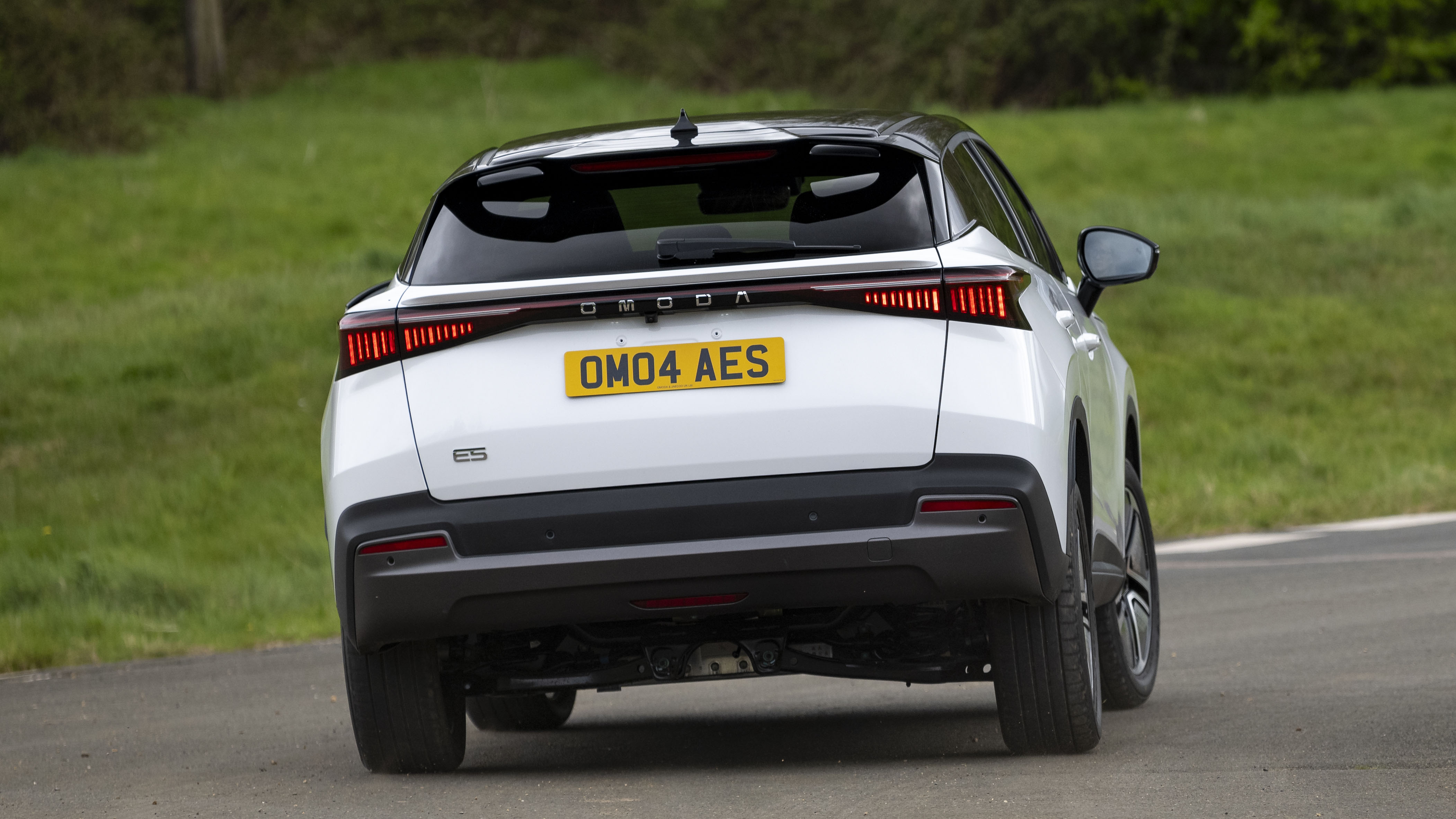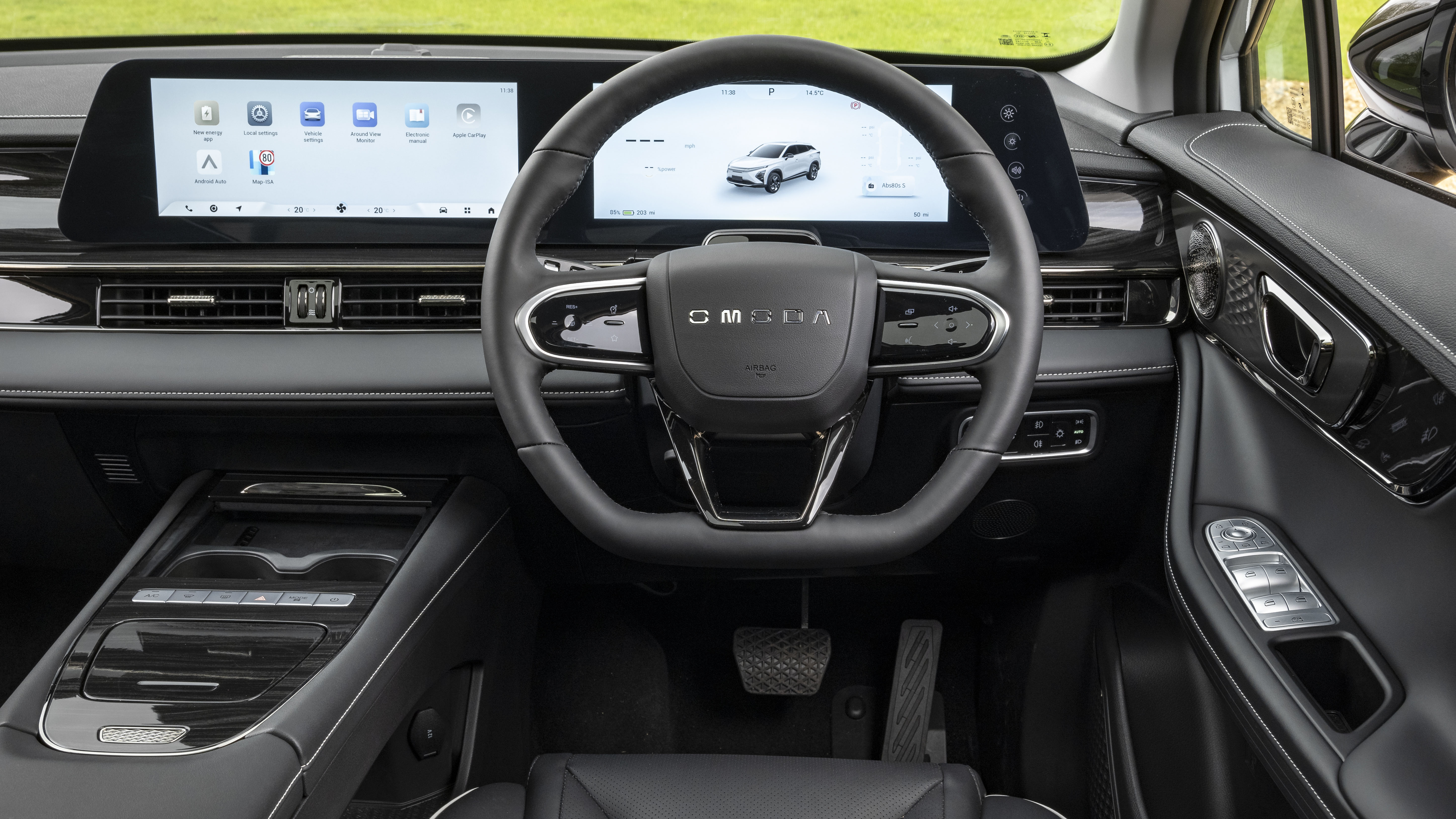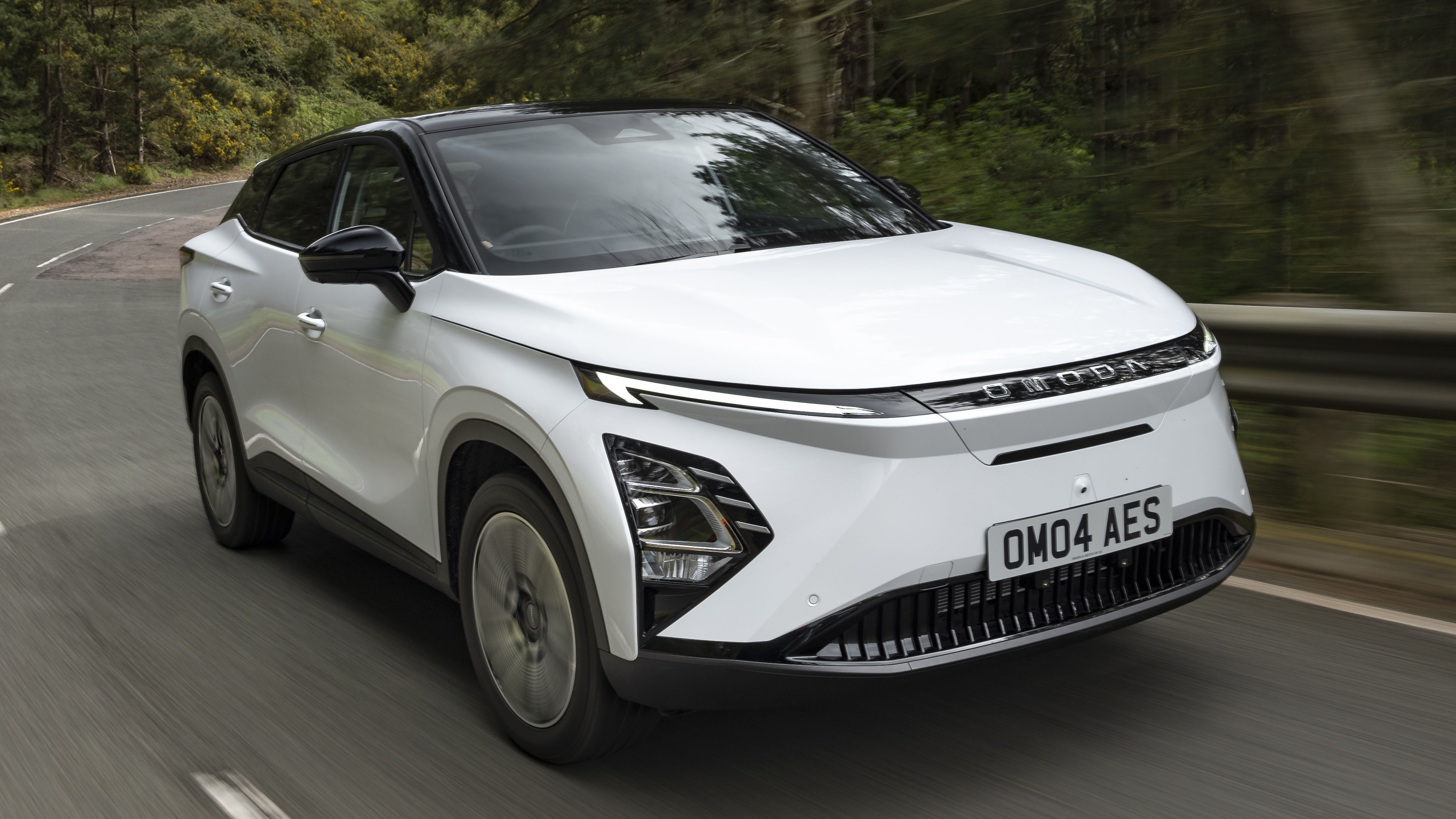
Interior
What is it like on the inside?
The cabin certainly looks rich, with stitched soft-feel leather-look material on the dash and doors, metallic surfaces including backlit speaker grilles, and woody garnish. What none of this is, is leather, metal or wood.
Useful physical buttons take care of demist, screen dimming and lights. But not, as mentioned, for the driver 'assist'. The touchscreen software isn't all that logical either. Still, it can be OTA updated so these annoyances might, if we're lucky, be assuaged. For the moment we can say it reacts rapidly and the graphics are pleasant.
There's a virtual voice assistant of course, and it's online so should get better over time. Of more immediate use is the upper-spec version's Sony hi-fi. And the satnav has live charger points, showing whether they're available. Or use carPlay/Android from your phone, which you can rest on one of two inductive charge pads.
The front seats are comfortable enough and on the upper trim, Noble, they're heated and electrically adjusted. In the back we find at least average space for legs and headroom. There's a useful shelf under the centre console but not many other fancy storage places.
The boot is more hatchback-sized than crossover-sized, but the first test cars into the UK have a full-size spare below the floor, which takes room. A froot lies under the bonnet, where you can keep the cable and one or two other things that would otherwise rattle about.
When you're parked it has vehicle to load, or V2L. That means the socket in the boot can provide up to 3.3kW of mains-equivalent, which would certainly raise your campsite game.
Featured







